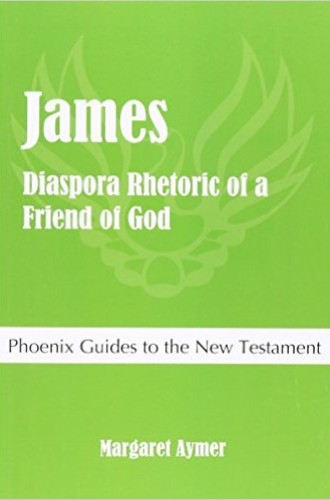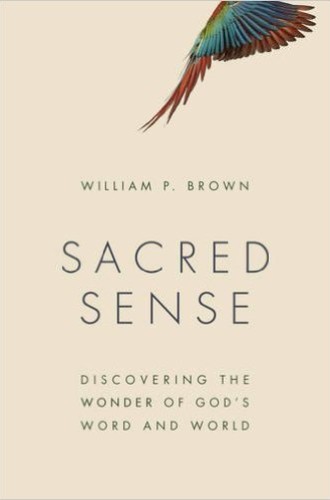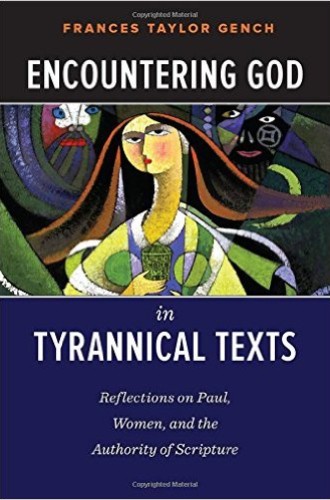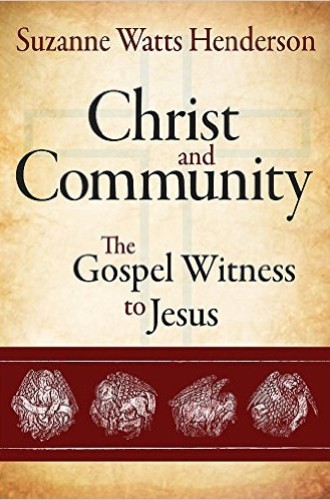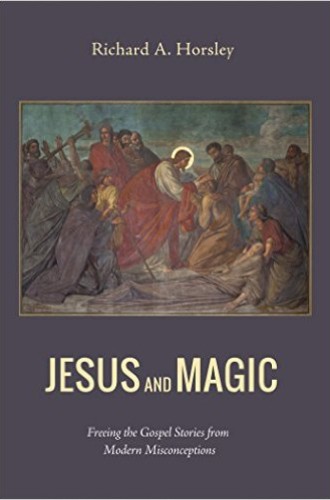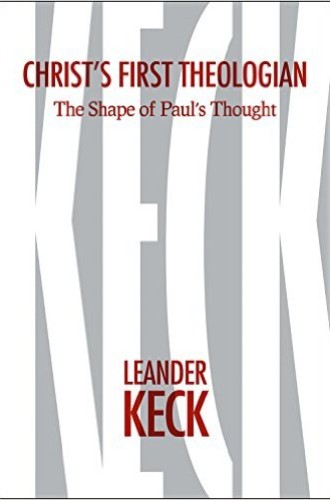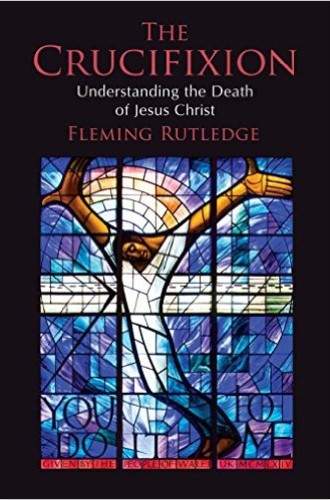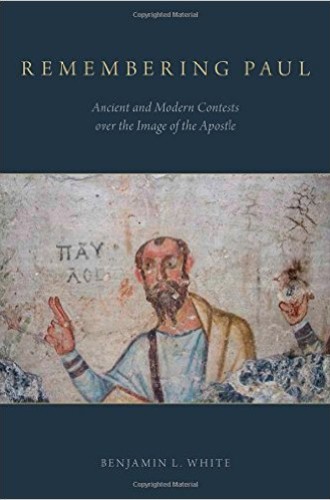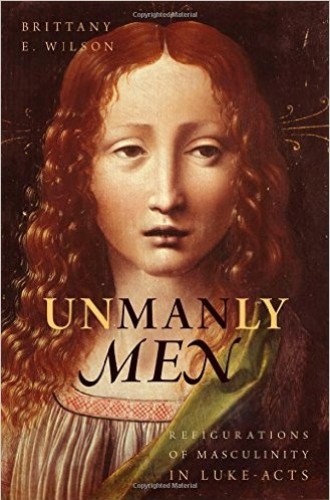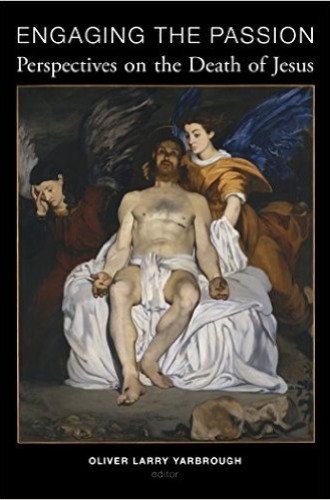New Testament
James: Diaspora Rhetoric of a Friend of God, by Margaret Aymer. Margaret Aymer’s primer orients readers to key critical debates concerning James, relying on recent scholars’ proposals about its structure and rhetoric. Her distinctive focus on James’s efforts to impart a theological identity to dispersed, migrant believers asks us to evaluate our own cultural location and social demographics as we determine what faithfulness, influence, and resistance might look like today.
Sacred Sense: Discovering the Wonder of God’s Word and World, by William P. Brown. Encounters with God are not about accumulating knowledge or uncovering ironclad answers; rather, these moments strike us with wonder and yearning. William Brown lingers over 16 passages drawn from the Old and New Testaments, illustrating how a range of biblical genres, natural realities, human sensations, and life experiences provide opportunities to meet God. His attention falls mostly on passages and questions that excite our expectations rather than raise problems or pose threats. Overall, Brown draws a composite sketch of God and God’s works, which are tremendous yet knowable in both transcendence and immanence.
Read our latest issue or browse back issues.
Encountering God in Tyrannical Texts: Reflections on Paul, Women, and the Authority of Scripture, by Frances Taylor Gench. With an attentive teacher’s care, Frances Taylor Gench conducts basic and well-written explorations into the historical contexts of the most galling Pauline verses—the ones that shout: “Don’t speak! Be subject! Cover your heads!” She consistently encourages readers to expand their thinking beyond these discrete passages by clarifying the nature of biblical authority and contending for the value of reading difficult texts with critical charity. The book’s tone and its end-of-chapter reflection questions make it worth sharing with people who fear that struggling with the Bible signifies a lack of faith or insufficient respect for scripture.
Christ and Community: The Gospel Witness to Jesus, by Suzanne Watts Henderson. One approach to understanding the Gospels as scripture is to consider their functions—specifically, how these writings describe and reinforce essential connections between Jesus’ followers and their Lord. Written as an introductory textbook, Christ and Community can help even seasoned exegetes grasp the means by which the Gospels’ stories depict Jesus’ work and identity in ways that equip Christian communities to make sense of their own work and identity.
Jesus and Magic: Freeing the Gospel Stories from Modern Misconceptions, by Richard A. Horsley. Should we call the healings and exorcisms in the Gospels miracles—supernatural interruptions? Or magic—rituals that manipulate powers? The question goes beyond semantics, for it begs us to ponder how observers experienced Jesus and why his deeds rendered them slack-jawed. Horsley says that neither miracles nor magic is the accurate term. The Gospels portray Jesus as an agent of healing and exorcisms who is in close, trusting interaction with suffering people and their social networks.
Christ’s First Theologian: The Shape of Paul’s Thought, by Leander Keck. If you’re an English speaker with a theological degree, chances are you have been taught about Paul and his theology by Leander Keck, whether in person, via his writings, or through professors influenced by his prolific scholarship. This collection contains 21 essays written between 1976 and 2013. Four appear here in print for the first time, and several others have been hard to locate. Keck’s astute probing of Paul’s theological mind and his articulation of Paul’s notion of the life of faith remain as relevant and engaging now as ever.
The Crucifixion: Understanding the Death of Jesus Christ, by Fleming Rutledge. Unpacking the meaning of Jesus’ death requires a long and sprawling investigation. Fleming Rutledge hosts a multifaceted conversation between the Bible, ecumenical theology, poetry and other arts, liturgical performances, her own reflections on recent newsworthy events, and historical analysis of crucifixion’s capacity to dehumanize its victims. In the end, Rutledge arrives at a predominantly Pauline account of the cross’s saving effects that is rooted in the victory of God’s righteousness. Her attractive prose and breadth of vision offer a welcome reminder that theological interpretations of scripture are usually more interesting when we entrust the job to creative evangelists instead of fussy dogmaticians.
Remembering Paul: Ancient and Modern Contests over the Image of the Apostle, by Benjamin L. White. Benjamin White’s project uncovers the dynamics of second-century discussions about Christian identity and Paul’s significance. He calls for contemporary scholars to be more forthcoming about the modernist and sometimes confessional presuppositions behind their work to define the “real” Paul and to ascribe authority to his legacy.
Unmanly Men: Refigurations of Masculinity in Luke-Acts, by Brittany W. Wilson. Many scholars have analyzed women and their roles in the Lukan writings. Brittany Wilson has composed the first book-length study of gender and constructions of masculinity in Luke-Acts. Offering a clear overview of the expanding field of masculinity studies and detailed treatments of Zechariah, the Ethiopian eunuch, Paul, and Jesus, she exposes how these four men failed to align with Greco-Roman elites’ definitions of manliness and thus did not reassert norms about gender and strength. Luke communicates good news that is embedded in a paradox of divine power exercised in powerlessness, a gospel that is distanced from imperial values.
Engaging the Passion: Perspectives on the Death of Jesus, edited by Oliver Larry Yarbrough. Confining preaching and teaching on Jesus’ death to Holy Week causes the imagination to wither throughout the year. We can rectify the problem by gaining greater fluency in popular representations of the Passion. In this collection, 21 writers explore descriptions, interpretations, and echoes of the Passion found in the New Testament, other religions’ teachings, moral exhortation, music, modern literature, the visual arts, film, and more. The authors aim to survey rather than analyze, providing accessible introductions to a wide array of interpreters and figures, from Bach to Banksy and from Berrigan to Baggins.


